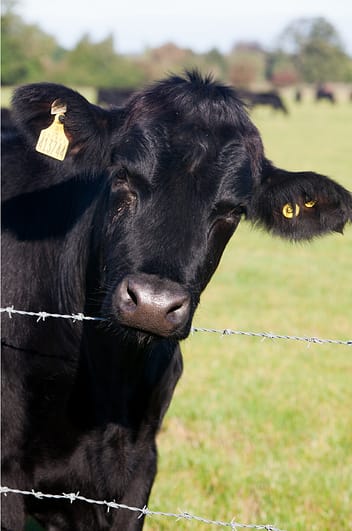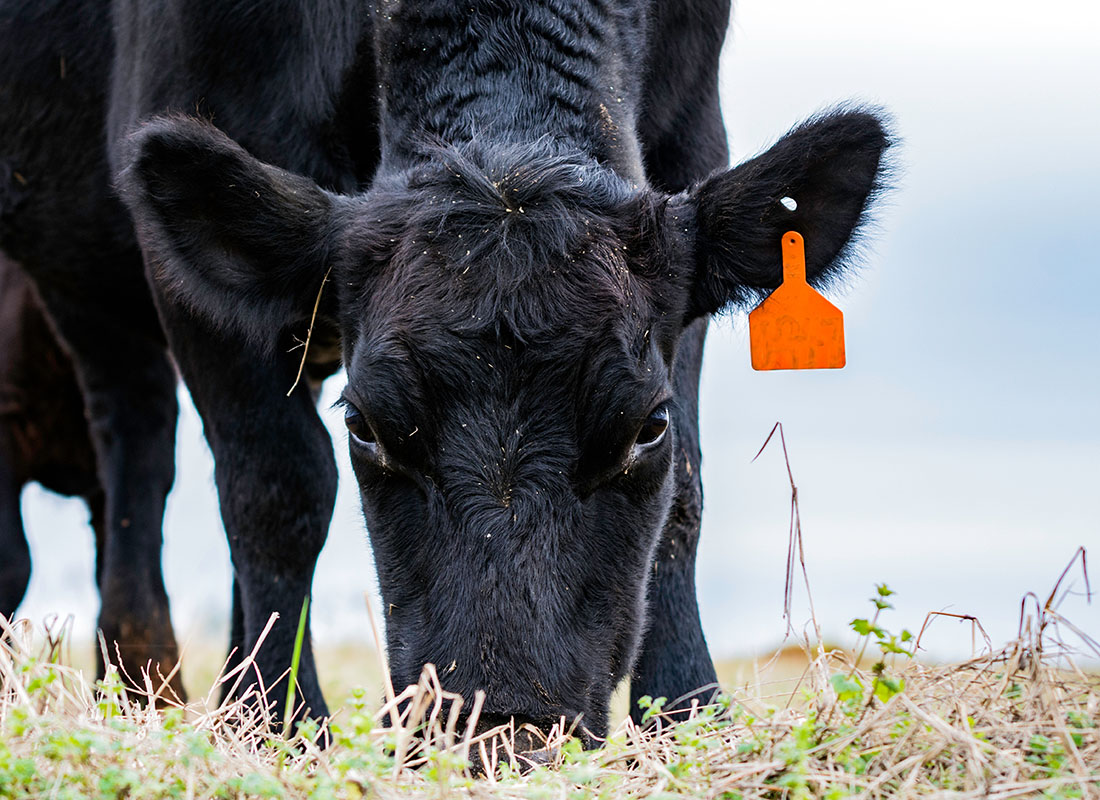Strategic Partnerships for Resilience: Bagley Risk Management
Recognizing Animals Threat Security (LRP) Insurance Coverage: A Comprehensive Guide
Browsing the realm of livestock risk security (LRP) insurance can be an intricate venture for numerous in the agricultural field. From just how LRP insurance works to the different protection alternatives readily available, there is much to reveal in this thorough overview that can potentially shape the means animals manufacturers come close to danger administration in their services.

Just How LRP Insurance Coverage Works
Occasionally, recognizing the technicians of Livestock Danger Security (LRP) insurance policy can be intricate, yet damaging down how it works can offer clearness for farmers and herdsmans. LRP insurance is a danger monitoring tool developed to secure livestock manufacturers versus unforeseen cost declines. It's essential to note that LRP insurance is not an income guarantee; rather, it concentrates only on rate threat protection.
Eligibility and Coverage Options

When it pertains to insurance coverage options, LRP insurance provides manufacturers the flexibility to select the coverage degree, coverage period, and recommendations that best fit their threat management requirements. Insurance coverage degrees usually vary from 70% to 100% of the expected ending worth of the insured livestock. Producers can also choose coverage periods that align with their production cycle, whether they are guaranteeing feeder livestock, fed livestock, swine, or lamb. Recommendations such as price risk protection can additionally tailor coverage to protect against damaging market fluctuations. By recognizing the qualification criteria and coverage options available, livestock manufacturers can make enlightened choices to take care of threat efficiently.
Benefits And Drawbacks of LRP Insurance Coverage
When examining Animals Risk Security (LRP) insurance policy, it is essential for livestock producers to consider the benefits and downsides integral in this threat monitoring tool.

One of the main advantages of LRP insurance coverage is its capacity to provide protection against a decrease in animals rates. Additionally, LRP insurance coverage supplies a degree of adaptability, allowing producers to customize coverage levels and policy durations to suit their details demands.
Nonetheless, there are additionally some downsides to think about. One constraint of LRP insurance policy is that it does not secure versus all kinds of dangers, such as illness episodes or natural disasters. Additionally, premiums can often be costly, particularly for manufacturers with big animals herds. It is crucial for producers to very carefully examine their private risk direct exposure and monetary situation to determine if LRP insurance is the right threat administration tool for their procedure.
Comprehending LRP Insurance Premiums

Tips for Making The Most Of LRP Perks
Making best use of the benefits of Animals Threat Protection (LRP) insurance needs calculated planning and positive threat monitoring - Bagley Risk Management. To maximize your LRP protection, consider the following suggestions:
Routinely Assess Market Conditions: Stay informed about market fads and rate fluctuations in the livestock industry. By keeping an eye on these variables, you can make informed decisions regarding when to buy LRP insurance coverage to secure versus prospective losses.
Establish Realistic Insurance Coverage Degrees: When picking insurance coverage degrees, consider your production prices, market price of livestock, and potential risks - Bagley Risk Management. Setting reasonable protection levels makes sure that you are properly secured without paying too much for unneeded insurance coverage
Expand Your Insurance Coverage: Rather of depending entirely on LRP insurance coverage, think about diversifying your risk management strategies. Incorporating LRP with various other danger administration devices such as futures contracts or options can supply extensive coverage versus market unpredictabilities.
Testimonial and Change Coverage Consistently: As market problems alter, periodically assess your LRP protection to ensure it straightens with your present risk direct exposure. Readjusting protection degrees and timing of purchases can aid enhance your risk security method. By following these pointers, you can take full advantage of the benefits of LRP insurance coverage and guard your livestock procedure against unforeseen dangers.
Conclusion
Finally, livestock risk protection (LRP) insurance coverage is an important device for farmers to manage this hyperlink the monetary why not try this out dangers connected with their animals operations. By understanding just how LRP works, eligibility and insurance coverage options, in addition to the advantages and disadvantages of this insurance, farmers can make informed decisions to shield their source of incomes. By meticulously thinking about LRP costs and applying methods to optimize advantages, farmers can reduce possible losses and ensure the sustainability of their operations.
Livestock manufacturers interested in getting Animals Risk Protection (LRP) insurance policy can explore a range of eligibility requirements and insurance coverage alternatives customized to their specific livestock procedures.When it comes to protection choices, LRP insurance provides producers the flexibility to choose the coverage level, protection period, and recommendations that ideal suit their threat monitoring requirements.To comprehend the details of Animals Threat Protection (LRP) insurance fully, understanding the elements influencing LRP insurance coverage premiums is crucial. LRP insurance costs are determined by numerous elements, including the protection level picked, the anticipated rate of animals at the end of the coverage period, the type of livestock being guaranteed, and the size of the coverage duration.Testimonial and Readjust Protection Regularly: As market problems change, periodically examine your LRP protection to ensure it aligns with your current risk direct exposure.